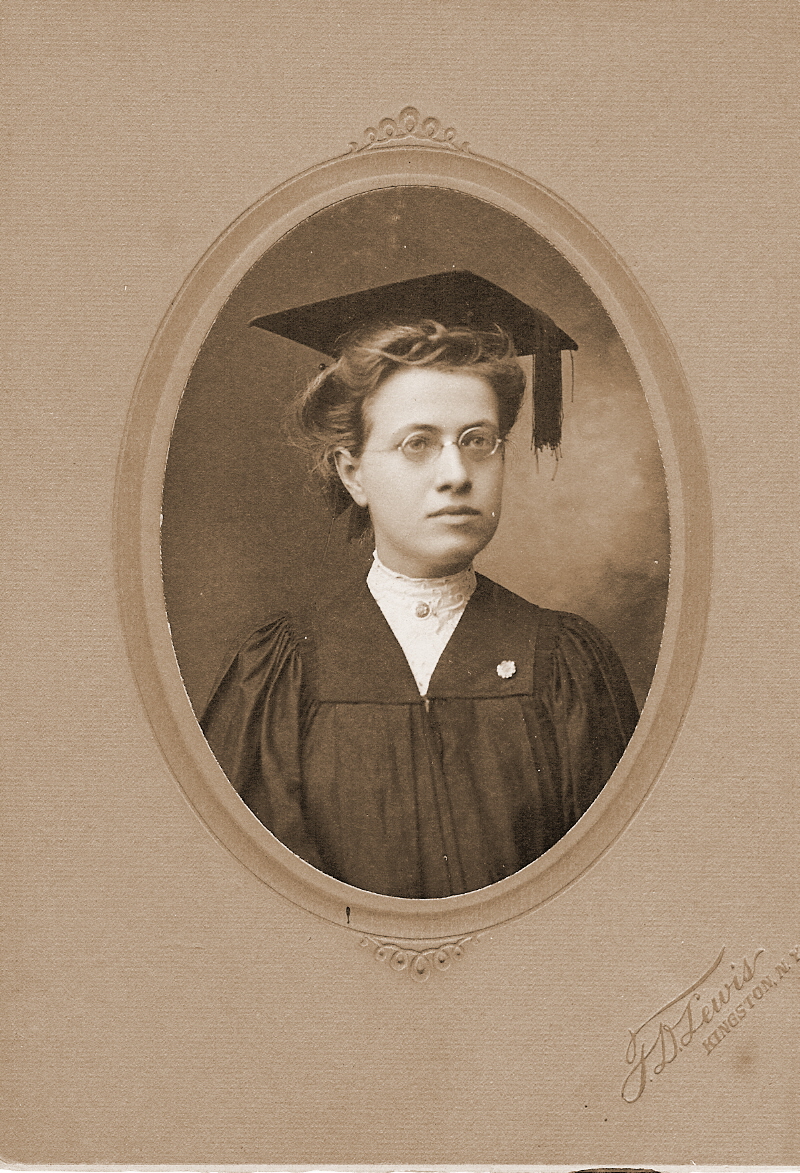Responsive Classroom provided some review PD for our school this past week. Don't get me wrong, there is a lot to like about the RC approach, and surely I picked up some great clarifications and refreshers. In fact much of the presentation affirmed what I know in my heart to be true about education and students and learning.
However, there are some practices in Responsive Classroom that my experienced-teacher-self question. One thing is the process taken in modeling a routine for students. I understand the gradual release models which I first learned from Regie Routman. Teacher models, teacher models with students, gradually releasing the process totally to students.
This year, as a result of my reading and training with the Daily Five's 10 Steps to Independence, I've made sure to add on an "unmodel", a chance for students to show what a routine,exercising students' brain muscle memory as borne out by Michael Grinder's work. An "unmodel" with an immediate opportunity to provide a correct example, is an essential step and even my more shy and reticent students love to provide the ultimate unmodeled behavior examples. I've discovered that this is a very powerful way to get kids to internalize expectations for any procedure I've taught, Allowing my more behaviorally challenged kids an opportunity to be the "unmodel" and then reinforcing appropriate behaviors with the same student become a "model" has given us comic relief along with a dose of visual modeling.
I also don't buy in to the RC suggestion that the teacher wear a hat or some other article when he/she is unavailable to students. Doing so seems artificial to me. With the amount of conferencing and small strategy group instruction taking place during our Literacy time, I want to have taught the expectations and routines so well that students don't feel the need to break their stamina, or mine, because they know what to do. I trust them to make good choices. That was a HUGE leap for me last Fall; but with very few exceptions, my students were self-managing their learning from about 6 weeks in until the end of the year. No special costume needed.
As with any program or package, there are always parts that are agreeable and parts that are just not good fits. We all want the best for our students; and as long as we, the professionals, can be trusted to use our good judgement with the children in front of us, there is much that can be accomplished.


